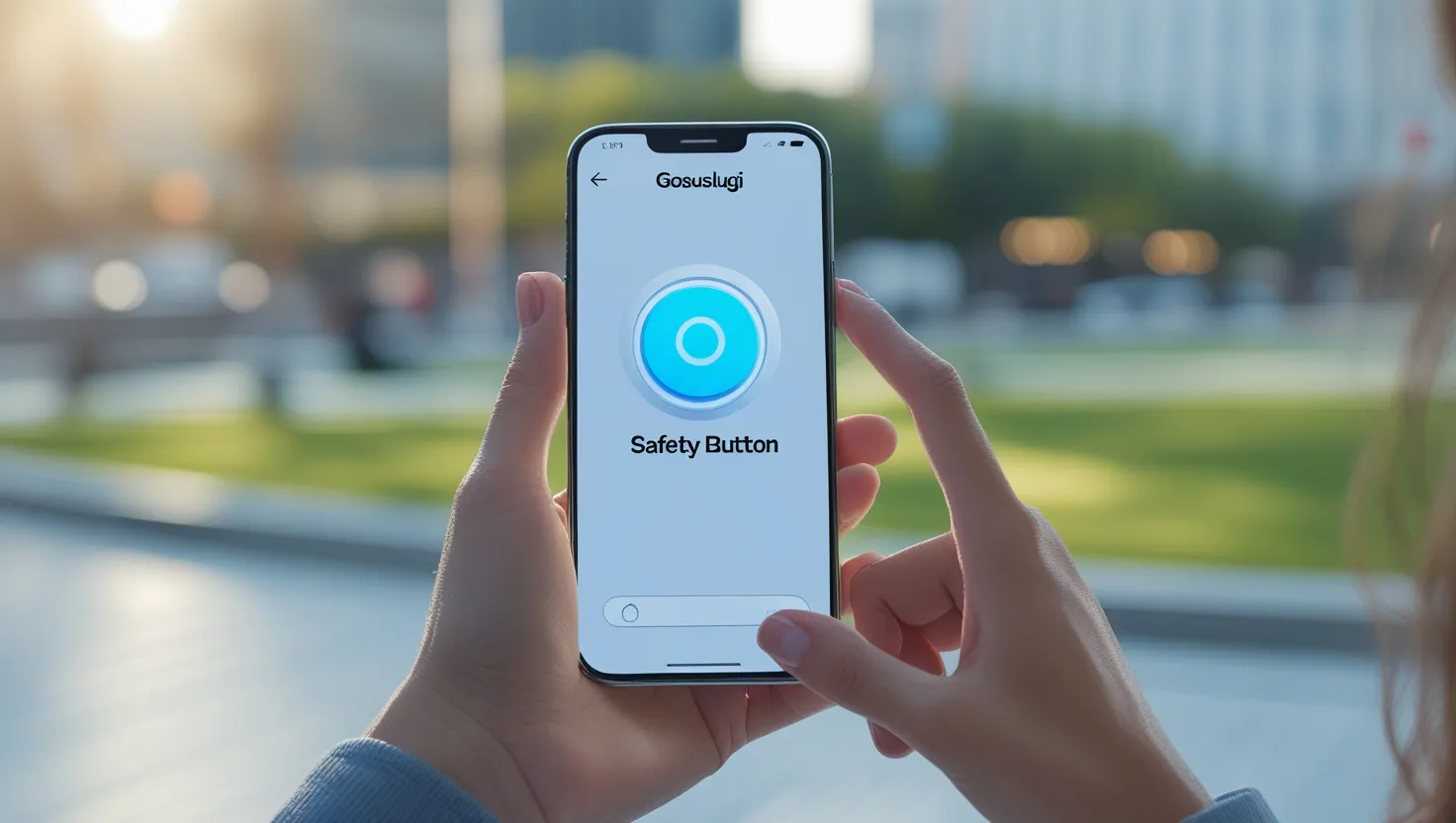Russian Government Endorses a 'Safety Button' on the State Services Portal
The Russian government has expressed conceptual support for introducing a 'Safety Button' on the national digital services portal Gosuslugi. The feature would allow citizens to instantly report emergencies — from fires to medical incidents — directly through the country’s primary e-government interface. Despite recommendations for significant technical refinement, the initiative represents a new stage in Russia’s digital governance and public safety ecosystem.

Digital Safety Infrastructure for Citizens
The proposed 'Safety Button' on the Gosuslugi portal is designed to help citizens quickly contact emergency services — ambulance, police, or firefighters — or report issues without calling hotlines directly. While the government’s official review supports the initiative, it emphasizes the need for improvements in user identification, connectivity, and coordination with existing emergency response systems.
Key challenges include authentication speed in urgent situations, signal routing clarity, and the question of system ownership and operation. The new function must also integrate with Russia’s '112' emergency call system to ensure full technical and organizational compatibility.

For the public, the feature promises convenience — a single, trusted interface to access multiple emergency services through the Gosuslugi web or mobile application. For the government, it reflects a broader strategy of digitalizing emergency response and integrating 'smart' safety systems into national digital governance.
Integration Challenges and Opportunities
The 'Safety Button' initiative could serve as a precedent for developing integrated response platforms within Russia’s e-government framework. However, several concerns remain — from delayed authentication and connectivity failures to potential misrouting of emergency signals and data protection issues.
Initially, the project may be launched as a pilot in selected regions before scaling nationwide. Future integration with mobile operating systems, national applications, and Smart City platforms is already being discussed.
For the IT sector, the initiative could stimulate new opportunities for collaboration between digital platforms and emergency response services. Developing APIs, unified data exchange standards, and resilient infrastructure will be essential to ensure reliability. The roadmap also includes advanced features such as automatic geolocation, text and multimedia message submission, and silent mode alerts for cases like domestic violence.
Ensuring continuous operation — even during network disruptions — will require alternative communication channels such as SMS, USSD, voice, or radio signals. Cybersecurity will also be a priority: developers must prevent false alarms, spoofed signals, and data leaks.

Smart Cities, Global Context, and Future Expansion
Emergency alert systems already exist in many countries. Apple’s Emergency SOS feature, for example, allows users to contact help services by pressing a button combination, even enabling satellite-based communication when no cellular coverage is available. Android phones also provide native emergency call features, while Russia operates the ERA-GLONASS system, which automatically sends crash data to rescue centers in case of road accidents.
In 2025, Russia announced plans to synchronize its 'Smart City' and 'Safe City' initiatives, creating a unified infrastructure that connects municipal IT systems with emergency response technologies. Scientific and technical research in this field continues, focusing on developing integrated emergency communication systems for smart cities.

If proven stable and secure, Russia’s 'Safety Button' architecture could later be adapted for export — particularly to countries with developing digital infrastructure or national e-government ecosystems. However, international expansion will require addressing competition from existing global emergency response platforms and ensuring interoperability with foreign standards.










































